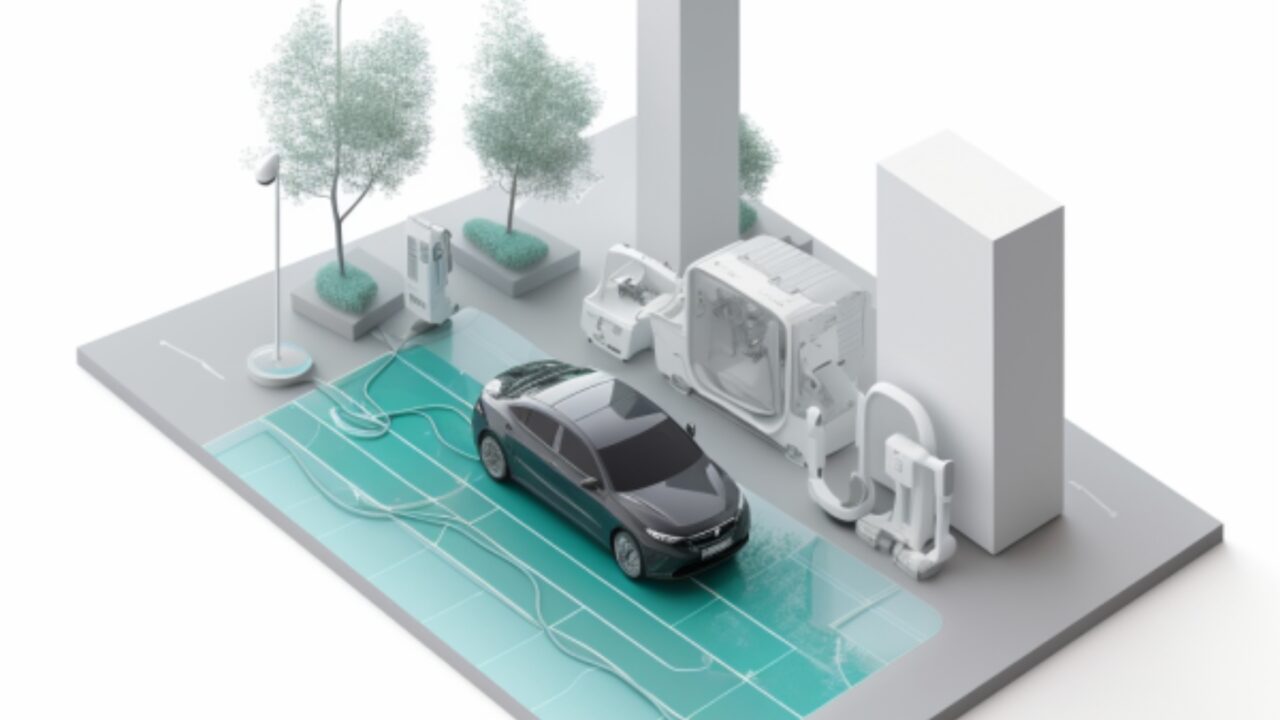Dive into 2023’s electric vehicle insights as ultra-rapid EV charging costs plummet, Brexit’s looming tariffs threaten market stability and Citroën’s e-C3 makes waves with its budget-friendly vehicle.
Ultra-Rapid EV Charging Drops in Price
According to an analysis by the AA, the cost to charge using ultra-rapid EV chargers during peak times has plummeted to its lowest level this year. Average prices dropped another 3p per kWh in September, hot on the heels of August’s reduction. Hence, this autumn, EV drivers can charge their electric cars at the most affordable ultra-rapid charging costs.

While flat rate charge points hold their ground, the quaint slow chargers, often seen gracing lampposts, experienced an uptick in peak and off-peak prices. The AA rejoices in this development, noting the allure for business and everyday drivers, particularly considering EVs’ tax benefits. Mirroring the cost-effectiveness of petrol, ultra-rapid charging further amplifies the electric allure.
But it’s not just about affordability. Transparency and competitive pricing, both at the home front and the open road are pivotal to wooing drivers into the electric embrace. The AA’s report is a treasure trove, detailing the nuances of charging costs and ensuring potential EV buyers can make informed decisions.
Brexit Tariffs Still Not Sorted
Switching gears, the SMMT rings alarm bells over looming Brexit tariffs that could jack up EV prices to the tune of £3,400. The impending Rules of Origin (ROO) requirements for batteries, set to go live at the beginning of 2024 could see electric vehicles (EVs) slapped with a 10% tariff for EU-UK trade, with consumers left to bear the brunt of these negative charges.
The SMMT’s suggested solution is for a three-year pause on the ROO, to offer a breather for both EU and UK gigafactories. Let’s hope that those in power can see this happen.
The New Citroën e-C3, A Nostalgic Budget Electric
But amidst these tides of change, the Citroën e-C3 emerges as a beacon for the budget-conscious. A nod to the iconic 2CV, this EV merges nostalgia with modern-day electric affordability.
Priced significantly lower than its peers, the e-C3’s choice of a Lithium Ferro Phosphate battery sets it apart. And while it might grumble in the cold and miss a heat pump, it promises a comfortable 199-mile range. Its performance specs might not turn heads, but its commitment to comfort certainly will.

Inside, it’s all about space and simplicity. A generous 310-litre boot, spacious interiors, and a plethora of storage spots make it a traveller’s delight. And while the base ‘You’ model might be on the spartan side, the ‘Max’ version elevates the experience with its array of modern tech.
Looking forward, the e-C3 lineup is all set to grow. A more pocket-friendly electric variant and a petrol counterpart are waiting in the wings, ready to cater to diverse consumer needs.
UK’s Battery Recycling Gridlock
The UK’s electric charge could soon hit a snag warns the resource management company.
The nation’s EV battery recycling infrastructure is alarmingly insufficient for the forecasted deluge of 350,000 tonnes by 2040.
While Veolia’s Minworth facility can tackle 5,000 tonnes annually, ten more such plants will be needed, and fast. Cutting through red tape for facility planning and addressing battery-induced fires in waste streams should be at the top of the agenda. As the EV revolution revs up, our recycling game needs to shift gears swiftly.
From 10,000 to 50,000 EV Chargers in 5 Years
Thanks to the real-time updates from Zapmap, it’s been confirmed that we’ve crossed the threshold of 50,000 EV charging stations in the UK. That is a whopping 68% surge in both ultra-rapid and other chargers in just one year, from September 2022. Numbers leapt from 40,000 chargers in February 2023 to 50,000 in October. That’s a ten thousand increase in a mere eight months!

The 50,000th charger, all sleek and ultra-rapid, now stands proudly in Weston-super-Mare through MFG EV Power. This trajectory could see 100,000 by August 2025 so the future’s looking electrically bright!
So, as the world of motoring shifts and evolves, it’s clear that 2023 is shaping up to be a defining year for electric vehicles and the industry as a whole. Whether it’s breakthroughs in charging costs or navigating the choppy waters of Brexit tariffs, the journey towards a greener future is in full swing.
